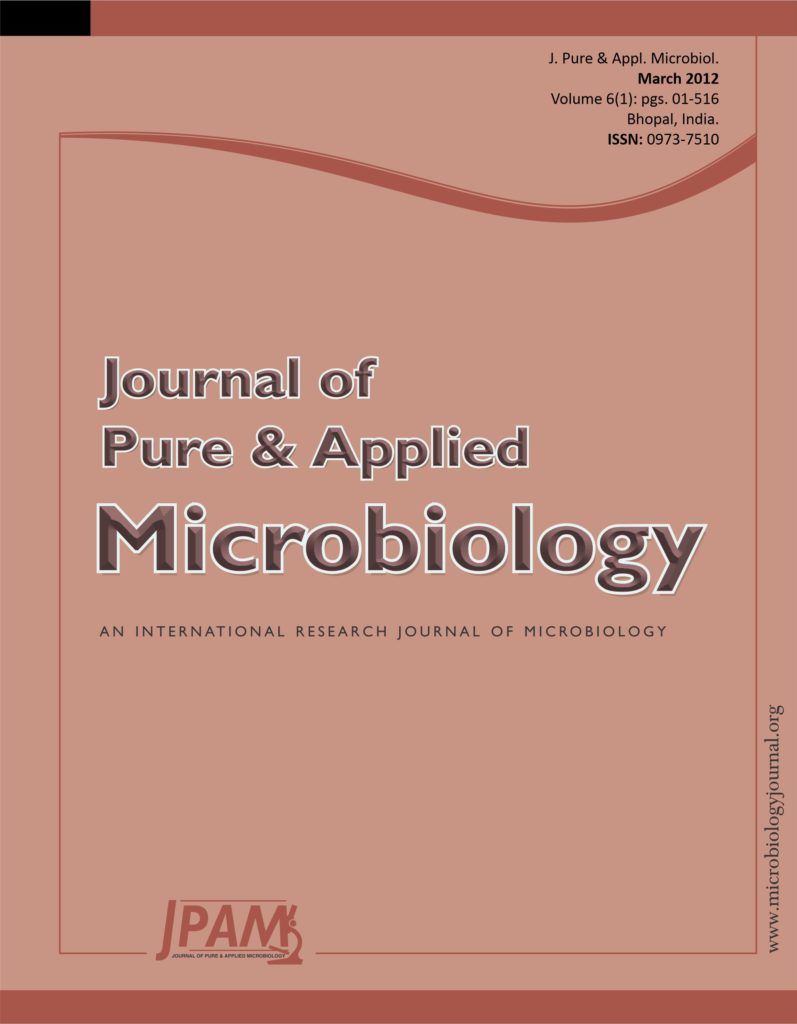The purpose of this study was to isolate and purify lipopolysaccharide (LPS) from A. tumefaciens and E. coli and compare its ability to produce nitric oxide and TNF- a in peritoneal mice macrophages. We isolated and purified LPS from A. tumefaciens and E.coli. The endotoxin activity of LPS extracted from A. tumefaciens and E.coli were examined via the Limulus Ambocyte Lysate Test (LALT). The effects of different concentrations of lipopolysaccharides were assayed on mice macrophages as stimuli to produce nitric oxide and TNF- a production. Then, they were measured by Griess and Enzyme Linked Immunosorbent Assay respectively. Data were analyzed by SPSS version 19.0. Using the Westphal method LPS can be isolated from both aforementioned Gram negative bacteria. The results suggest that the quantity of extraction and purification of LPS from A. tumefaciens and E. coli was dependent on culture volumes; 5 to 10 mg of LPS can be obtained from 1 liter of 24 hour culture respectively. The results indicate that the stimulating effects of 500 ng/ml LPS concentration extracted from E. coli has the same effect as 1000 ng/ml concentration of LPS A. tumefaciens. E. coli LPS was more effective in stimulating production of TNF-a and to produce nitric oxide. The findings of this study suggest that the effect of 1000 ng LPS from A. tumefaciens was equal to 500 ng LPS from E.coli in stimulating macrophages to produce nitric oxide. This demonstrated that the immunomodulatory effect with less toxicity.
Macrophages, nitric oxide, TNF-a, LPS, A. Tumefaciens and E.coli
© The Author(s) 2012. Open Access. This article is distributed under the terms of the Creative Commons Attribution 4.0 International License which permits unrestricted use, sharing, distribution, and reproduction in any medium, provided you give appropriate credit to the original author(s) and the source, provide a link to the Creative Commons license, and indicate if changes were made.


